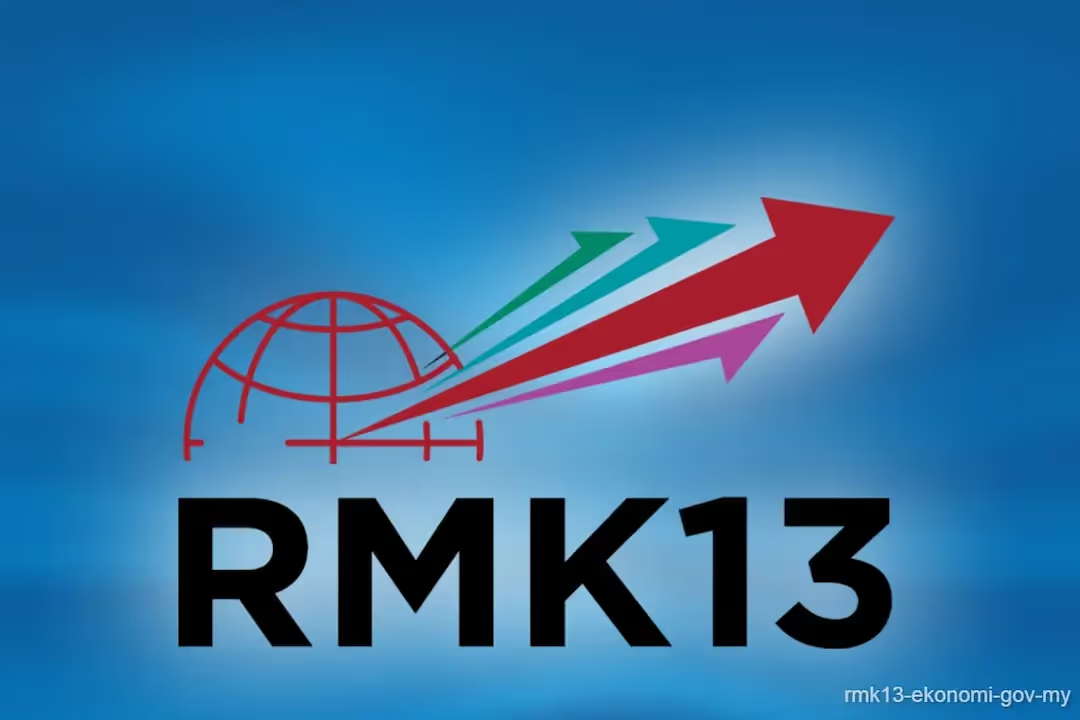
My Say: Fiscal reforms and the 13th Malaysia Plan
This article first appeared in Forum, The Edge Malaysia Weekly on July 28, 2025 - August 3, 2025
The Public Finance and Fiscal Responsibility Act (FRA) enacted in 2023 forms the centrepiece legislation for fiscal reforms by the government. It is groundbreaking because at its heart is the dilution of the enormous powers of the minister of finance. It removes the minister’s discretionary powers by imposing quantitative metrics on key fiscal parameters that only parliament can change. It formalises the Fiscal Policy Committee and makes specific provisions on disclosures to parliament.
The dilution of the minister’s powers elevates the role of parliament, something that we would like to see other ministers do for the laws that they are responsible for. Legislation in Malaysia has historically contained specific language granting ministers discretionary powers, which has been a source of many abuses. The 1Malaysia Development Bhd (1MDB) scandal would not have been possible with the FRA or, at the very least, it would have been uncovered so much earlier.
The FRA sets numerical ceilings for annual budget deficits, total federal government debt and total federal government guarantees issued. The only floor it defines is on development expenditure — it requires that such expenditure in the annual budget be no less than 3% of gross domestic product (GDP). The concurrent imposition of these four limits defines a trade-off that the Federal Treasury must grapple with. The government must keep to a maximum level of deficit 3% of GDP in the budget, yet spend no less than 3% of GDP for development expenditure.
Why these constraining constraints? Because this is what reforms mean. The starting point here is that by 2023, when the FRA came into effect, total federal government debt was RM1,173 billion. Debt servicing expenses in 2023 were RM46.3 billion, which was larger than the total personal income tax collected that year, which was RM37.8 billion. Beyond that, there were also liabilities incurred from the guarantees extended to public entities totalling RM326 billion at the end of 2024, some of these requiring the Treasury to service the debt, thus eating into the annual budget. The FRA forces the government to decide on trade-offs — a smaller deficit requires either higher revenue or less expenditure, or some combination that obtains the targeted deficit. We cannot go on the existing trajectory without risking a sovereign downgrade, which would be disastrous for the economy.
The 13th Malaysia Plan (13MP), to be tabled in the current sitting of parliament, represents the development expenditure plan of the government for 2026 to 2030. The operating expenditure in the budget, which is dominated by emoluments, pension payments and debt servicing expenses — taking up 60% of the total amount — do not add new capacity to the economy. They represent the cost of maintaining current capacity. It is development expenditure that adds new capacity to the government, to do more things, better things. From a national accounting perspective, development expenditure represents public investments. From an economic perspective, we would like to see such public investments inducing much larger amounts of private investments. It is currently at 1:3, which must improve further.
Optimally, we would like to see public investments having long tail effects — their effects linger and they generate economic benefits beyond the current year they are expended. And if we have such effects every year, we obtain overlapping effects over the years, which would make for efficient and effective fiscal spending.
However, fiscal resources are limited, very limited. Given the state of where the fiscal situation is, the total revenue collected by the government is sufficient to just cover the operating expenditure, which means that almost every ringgit spent for development expenditure has to be borrowed. The FRA itself imposes both limits on annual deficits and accumulated debts, so there is only so much that can be borrowed and allocated to development expenditure.
If the last few years are a reflection of reality, we see annual development expenditure to be between 4% and 5% of current GDP, well above the FRA floor. In Budget 2025, it was RM86 billion or 4.1% of GDP. Suppose that nominal GDP grows at 7% over the next five years. That will translate into an aggregate five-year development expenditure of some RM500 billion, the approximate size of 13MP. Simple extrapolation will obtain a nominal GDP of RM2.9 trillion in 2030 with a development budget of RM122 billion. Assuming, of course, that there are no structural shifts, especially in the external environment, which is appearing to be unlikely.
That notwithstanding, as long as nominal GDP is growing faster than the deficit, we will be within the FRA metrics, and that should be the overriding policy objective. The imperative therefore is: how to be more productive? Which translates into, how to be more competitive? Which begs the question: Where should the government spend to improve productivity and competitiveness, while being disciplined fiscally? What are the kinds of development expenditure that increase the capacity of the government to deliver its services in a manner that will deliver benefits over a long period?
Central to determining where the government should spend fiscal resources is the demarcation between public and private goods, which is a more pointed consideration given scarce resources. Public resources should only be allocated to the provision of public goods, which are essentially those things that have spillover effects — “externalities” in economics parlance — that generate social benefits when the externalities are positive or “social costs” when they are negative. An educated population, a healthy well-trained workforce, a safe and clean environment and functioning institutions are examples of social benefits arising from the provision of adequate and quality public goods. Of course, policy should minimise social costs.
The government would do well to prioritise its development expenditure for the next five years on basic public goods: on improving the quality of education and training institutions, ensuring adequate levels and quality of associated infrastructure, access to state-of-the-art technology including facilitating lifelong learning, improving the provision of and access to health services, ensuring public safety, and conservation and protection of the environment — basic services that improve overall quality of life. The government should revert to the bottom-up assessment of what is needed. Let the demand side of the fiscal equation determine the supply side.
In the aggregate, the government footprint in the economy, as measured by the annual budget, is estimated to be just over 20% of GDP for 2025. That is the size of the fiscal policy lever. The overall public sector footprint is, however, larger as the government also owns or controls companies. In official documents accompanying annual budgets, the consolidated public sector includes “non-financial public corporations” (NFPCs), which are companies owned by the federal government such as Petroliam Nasional Bhd (Petronas), Prasarana Malaysia Bhd and Keretapi Tanah Melayu Bhd, as well as companies where government-owned entities like Khazanah Nasional Bhd have control over, including publicly listed entities such as Telekom Malaysia Bhd, Tenaga Nasional Bhd and Axiata Group Bhd.
This expansive view of the “public sector” can sometimes blur the lines between who does what for whom. Direct fiscal resources at the Treasury and those on the balance sheets of these NFPCs are not fungible. They have distinct roles that should be clarified, not blurred. I am also wary of so-called privately financed initiatives (PFIs) as well as public-private partnership arrangements which will require a thorough re-evaluation. Malaysia Inc has blurred the lines between who provides private and public goods, and by and large that has been to the detriment of the public sector. It is the government that typically ends up saddled with debts and obligations, which have further impaired its overall fiscal capacity.
There will be calls for “government to lead” in investments, and by that they mean government investing in businesses the way it did via various policies in the past, be it in the heavy industry policies that saw government investing heavily in automotive, motorcycles, steel production, electrical appliances or wafer fabrication during the IT period, or biotechnology, or simply creating funds using debt to invest in businesses such as 1MDB. None of these made any money or generated any returns, financially or economically.
While there are compelling reasons for economic transformation, government leads via building capability and capacity, developing safety nets for those caught in the transition and providing investors and businesses with institutional integrity to obtain their confidence. Of course, the government can use tax policies to reward the desired investor behaviour. The government should not use scarce fiscal resources or development expenditure funded by debt to start or fund businesses.
Which brings us back to fiscal policy and the necessary and painful fiscal reforms. Being the development expenditure of the government, the 13MP is a part of that. The government and the beneficiaries of its largesse, households and firms, must learn to live with constraints and redefined priorities, which is the only way to be more productive and, therefore, more competitive. A good outcome.
Want more stories like these in your inbox?






